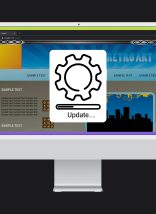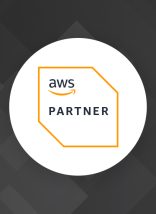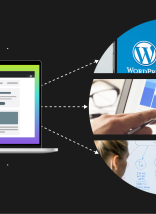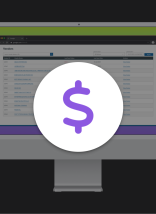Once a potential customer has reached your eCommerce website, the way you display your products and information can help increase your conversions. Your end goal should be first and foremost for your visitor to purchase a product, but also provide options to upgrade their order by purchasing a product that costs more or add-on by purchasing an accessory or complimentary product.
Here are some helpful tips to entice visitors to want to spend more at your online store.
Sell-ups
When a online customer is looking to purchase a product, they usually have a price range in mind. One way you can squeeze as much out of that customer as possible is to sell them up into a more expensive product. The best way to do that is to provide product recommendations when that user has reached a product page. You will need more than just putting a few products next to the one they are looking to purchase. It is important to have research and data that shows why these products are superior to the current product they are viewing. If you can show value for a product over another, it may change the buyer’s decision. Here are just a few ways you can increase the chance of a user switching and upgrading to a more expensive product.
- New Model
- Top Rated Items
- Better Specs/Performance
- Improved Features
- Incentives/Deals
- Positive Reviews
- Bundled Products
Cross-sells
During the checkout process when purchasing an iPod Touch, Apple gives you additional product recommendations that would compliment the product you are purchasing. In this example they give you the option to add a protection plan to your new iPod Touch, along with accessories that would go perfect with the product. When a user is in the checkout process, it is a great time to try and add complimentary products to the sale. The logic here is they are already making an investment, why not protect the investment or have it perform better with optional accessories.
Product Comparisons
Apple does a great job of showing a side-by-side comparison of their iPod product line. By comparing Price, Capacity, Battery Life, Colors, Display and Capabilities the user can make an educated decision on which product suits their needs.
Customer Reviews/Ratings
Reviews that are given by customers who have actually used the product can be extremely powerful. Especially for higher dollar items, many users will want to read reviews and testimonials to see if there is any negative feedback before making a decision. For example, someone who is looking to purchase chicken egg rolls, may read a review that talks about how there is a certain spice added that makes them extremely spicy. If the product description never mentions this, the consumer would have no idea that it is spicy. If the consumer does not care for spicy food, they may choose a product that better caters to their needs.
Reviews not only help give the consumer better product knowledge, but gives the product more credibility when positive reviews are coming from someone other than the business.









